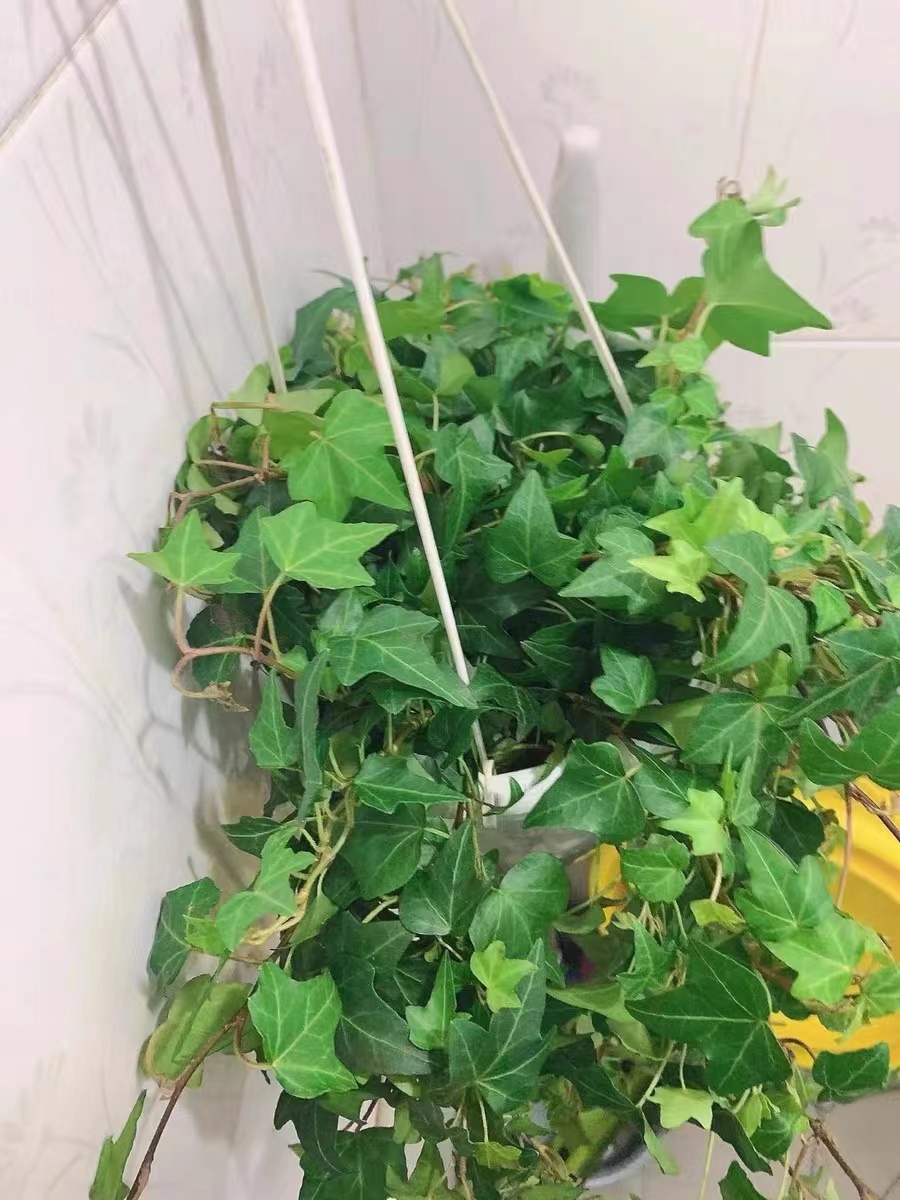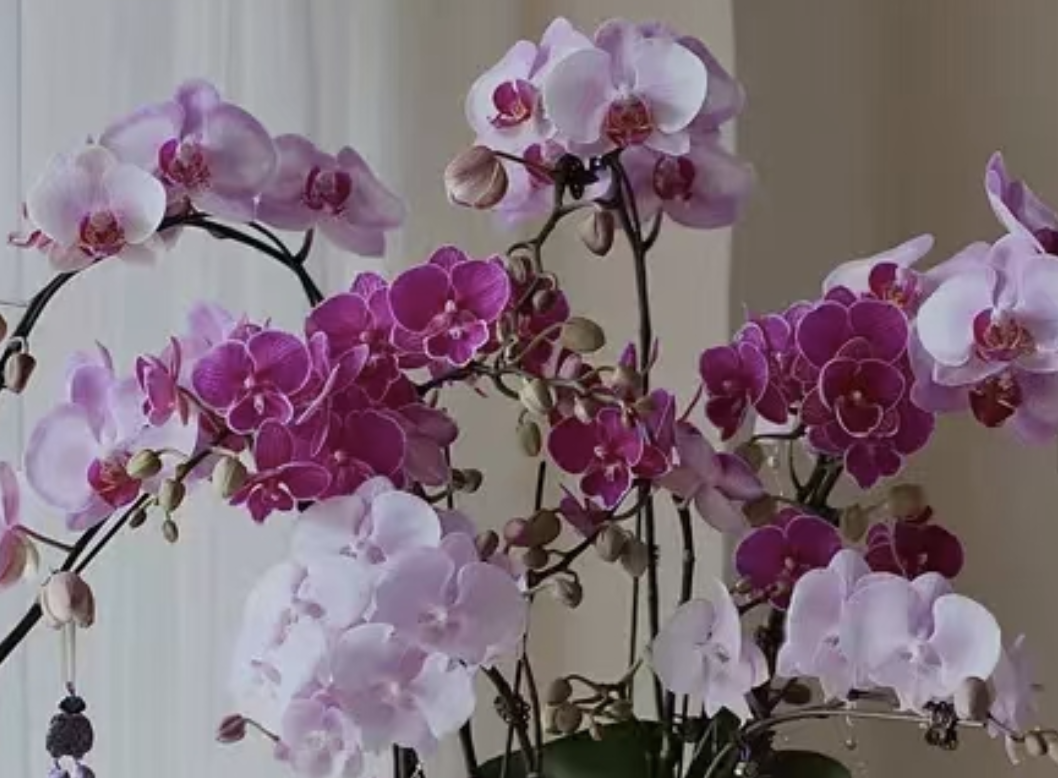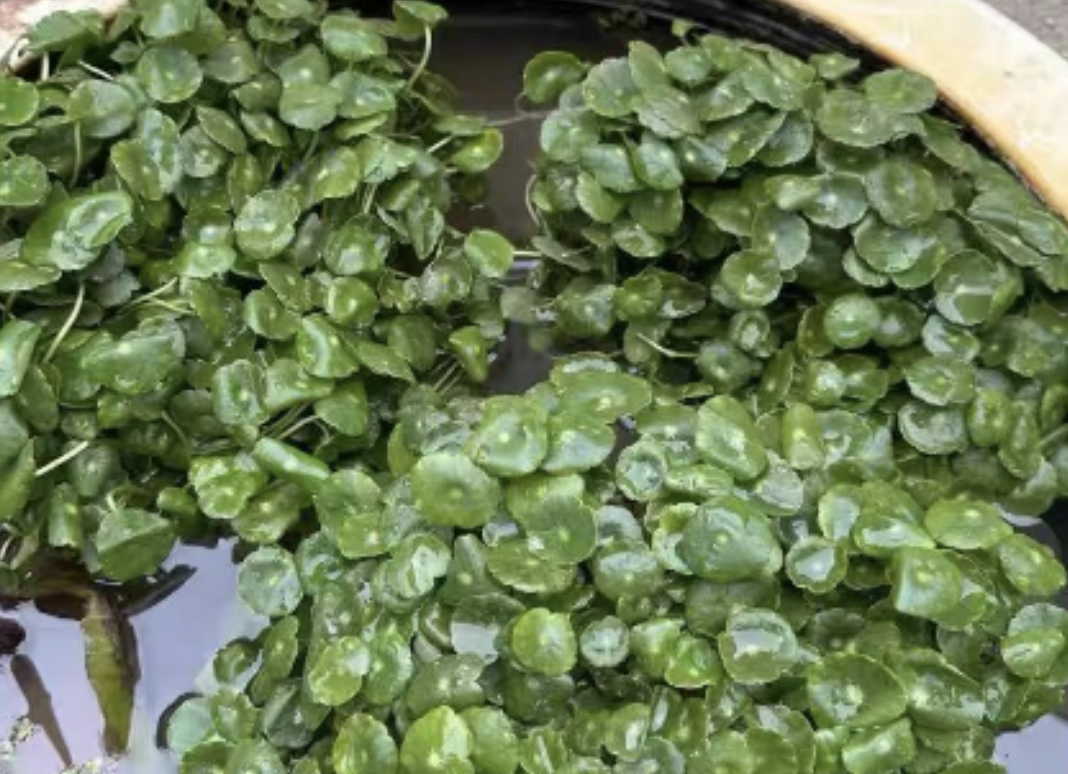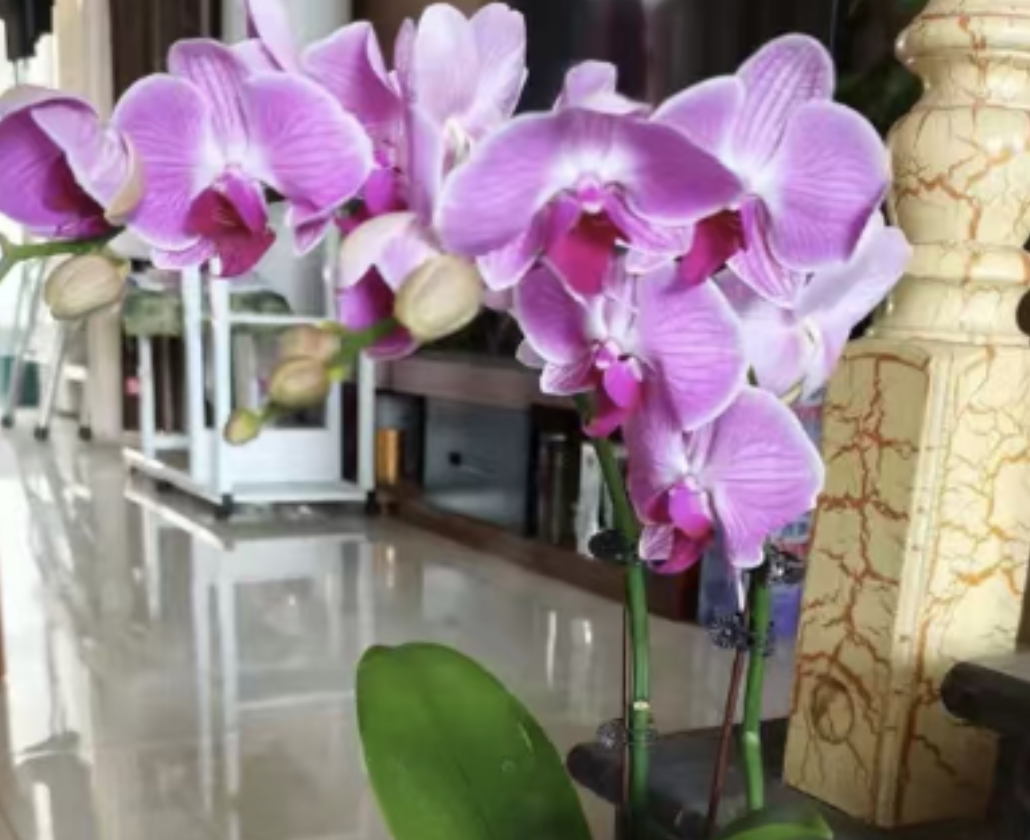Growing flowers at home can not only beautify the environment but also improve the quality of living. However, growing flowers is not just about placing them randomly. There are many considerations. In particular, the placement of flowers requires careful consideration. Today, let's talk about the "four don't place" that should be avoided when growing flowers at home. Even experienced flower growers know the importance of these principles.
Don't place too many plants in the bedroom.
The bedroom is our private space for rest and relaxation. Its environment has a direct impact on sleep quality. Although green plants can purify the air, having too many plants in the bedroom may have the opposite effect. At night, plants carry out respiration, consuming indoor oxygen and releasing carbon dioxide. If there are too many plants, it may lead to a decrease in indoor oxygen concentration and affect our sleep quality. In addition, some plants will emit a faint smell or fragrance at night. For people who are sensitive to smells, it may cause discomfort or affect sleep.
Therefore, when growing flowers in the bedroom, choose small-sized, slow-growing, non-toxic and odorless plants such as Chlorophytum and Epipremnum aureum. And the quantity should not be too large to avoid negative impacts on sleep quality.
Don't place delicate and difficult-to-grow plants in the kitchen.
The kitchen is an area with heavy oil fumes at home. Oil fumes, water vapor, and various odors generated during cooking can all cause damage to plants. Therefore, when growing flowers in the kitchen, avoid placing those delicate and difficult-to-grow plants. Such plants often have high environmental requirements. If not taken care of properly, they may wither and die, which is a waste of money and affects the mood.
On the contrary, the kitchen is more suitable for placing some plants that are resistant to oil fumes and easy to take care of, such as cacti and aloes. These plants can not only adapt to the special environment of the kitchen but also play a certain role in purifying the air.
Don't place plants with strong fragrance in the bathroom.
The bathroom is usually relatively humid and poorly ventilated. Such an environment is prone to breeding bacteria and producing odors. Therefore, many people like to place some plants in the bathroom to improve air quality. However, it should be noted that it is not suitable to place plants with strong fragrance in the bathroom.
Plants with strong fragrance in a closed environment can easily make people feel uncomfortable and even dizzy and nauseous. In addition, overly strong fragrance may also cover up the odor of the bathroom, making it difficult for people to detect and clean up in time. Therefore, when growing flowers in the bathroom, choose those fresh and elegant plants that can absorb moisture and odors, such as mint and ivy.
Don't place poisonous plants at home.
When growing flowers at home, safety is always the top priority. Therefore, we must be vigilant against those poisonous plants and avoid placing them at home, especially in places where children and pets can come into contact.
Common poisonous plants include Alocasia macrorrhiza, Nerium oleander, and Poinsettia. Although these plants are beautiful, they contain toxins. Ingestion or contact with their sap may cause harm to the human body. Therefore, when choosing flower varieties, be sure to understand their toxicity and take corresponding protective measures.
Although growing flowers at home is good, it also requires proper methods. By following the principle of "four don't place", we can better enjoy the fun and benefits brought by growing flowers. At the same time, it also reminds everyone to pay attention to safety and environmental protection during the process of growing flowers.
What are the considerations for growing flowers at home?

Share with
Tagged in :




Leave a Reply